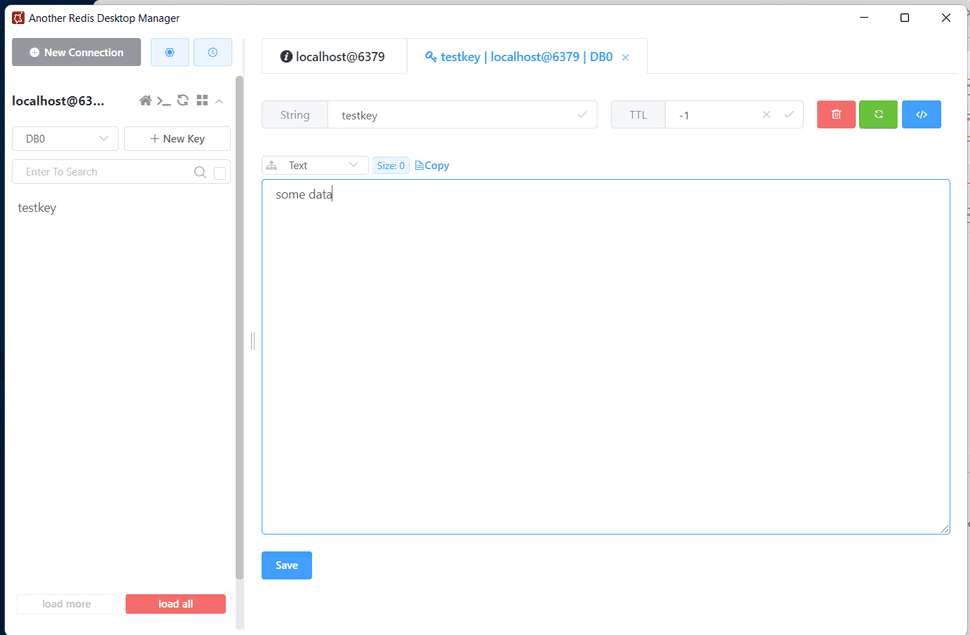
Basic Replication in Redis
06.13.2022
Intro
In this article, we will get a brief look on how to replicate in Redis. In production, you will often want to use a cluster or a manage instance. However, learning how to replicate manually will help with some ad hoc backups or debugging.
Getting Set Up
For this article, we will use docker and docker compose, so start by installing those.
- Docker install: https://docs.docker.com/engine/install/
- Docker Compose: https://docs.docker.com/compose/install/
Next create a new file called docker-compose.yml.
Add the following to lines to the top to declare our version and services:
version: "3.2"
services:A warning, Redis still uses the old Master and Slave language, but this is old and should be changed.
With that in mind, let's add our master (main) service called redis. Everything here is standard except we pass REDIS_REPLICATION_MODE=master
redis:
image: "redis:alpine"
command: redis-server --requirepass some_pass
ports:
- "6379:6379"
volumes:
- $PWD/redis-data:/var/lib/redis
- $PWD/redis.conf:/usr/local/etc/redis/redis.conf
environment:
- REDIS_REPLICATION_MODE=masterNext, let's add a single slave (worker) server. Here we change the local mapping port to 6378, and set the replication mode to slave.
redis2:
image: "redis:alpine"
command: redis-server --requirepass some_pass
ports:
- "6378:6379"
volumes:
- $PWD/redis-data:/var/lib/redis
- $PWD/redis.conf:/usr/local/etc/redis/redis.conf
environment:
- REDIS_REPLICATION_MODE=slaveThe full file looks like the following.
version: "3.2"
services:
redis:
image: "redis:alpine"
command: redis-server --requirepass some_pass
ports:
- "6379:6379"
volumes:
- $PWD/redis-data:/var/lib/redis
- $PWD/redis.conf:/usr/local/etc/redis/redis.conf
environment:
- REDIS_REPLICATION_MODE=master
redis2:
image: "redis:alpine"
command: redis-server --requirepass some_pass
ports:
- "6378:6379"
volumes:
- $PWD/redis-data:/var/lib/redis
- $PWD/redis.conf:/usr/local/etc/redis/redis.conf
environment:
- REDIS_REPLICATION_MODE=slaveNow, start the services using docker-compose up.
Connecting to the Redis Servers
Next we need to connect to our redis servers. For this, I use an open source GUI:
Click "New Connection" and enter the information like the following. You can change the Connection Name to whatever you want. For this, I named it "Main". The password should be some_pass if you used the yml file above.
Do the same for the worker, but change the port to 6378 and change the connection name.
Replicating the Server
To start, expand the first server and add a new key.
Now, open the connection to the worker server and click the cli button to connect to the server.
First, set the master pass to some_pass (since we used the same password for both servers).
config set masterauth some_passThen, use the replicaof command to point to the master server.
replicaof redis 6379Click the refresh icon, and you should see the master server key replicated. Add more keys to the master and the worker will continue to replicate.
To stop replication, you can use the following.
replicaof no oneConclusion
That's it for the basics of replication. This helps if you want to quickly copy down some data for testing. There is much more to explore, but this should be a good start.




